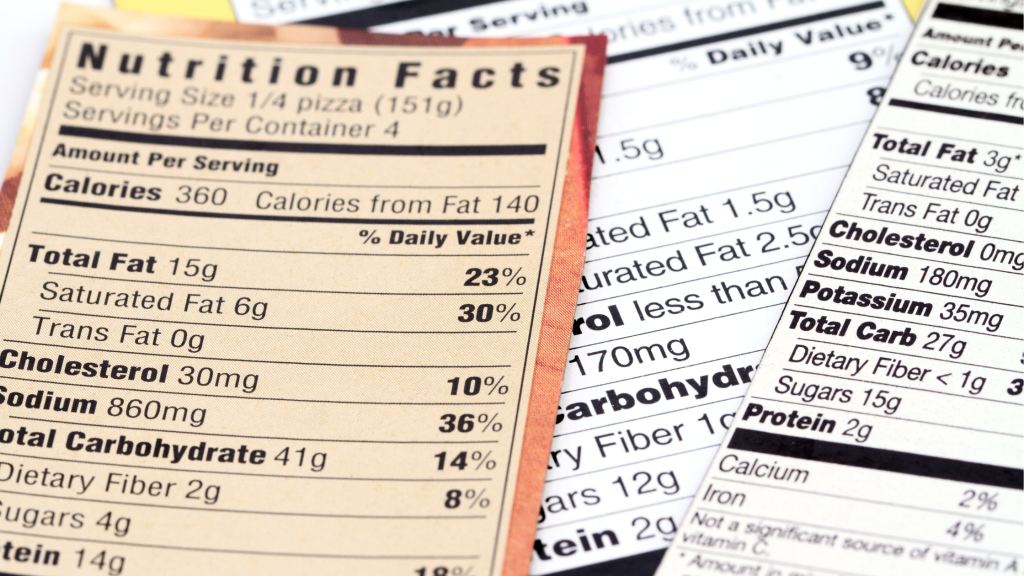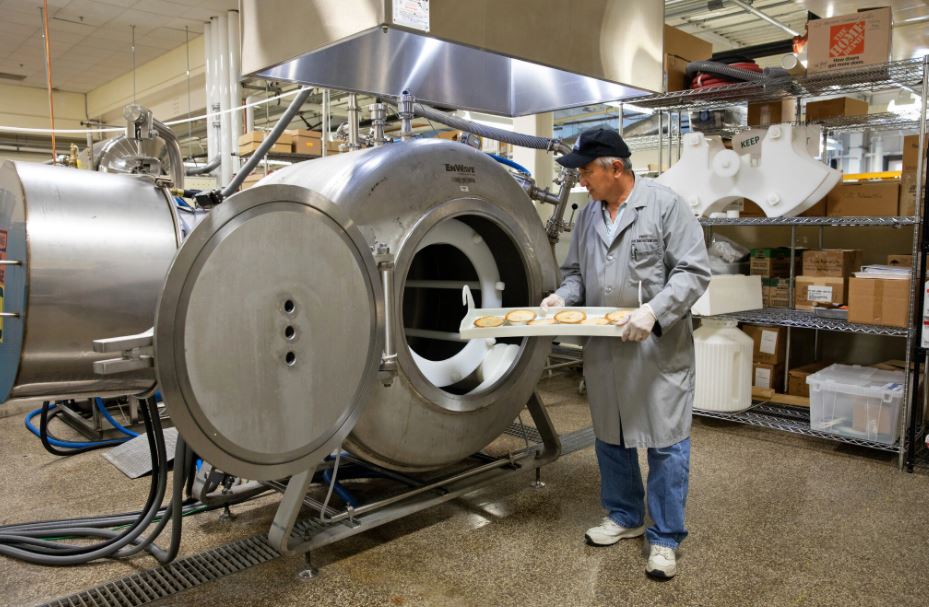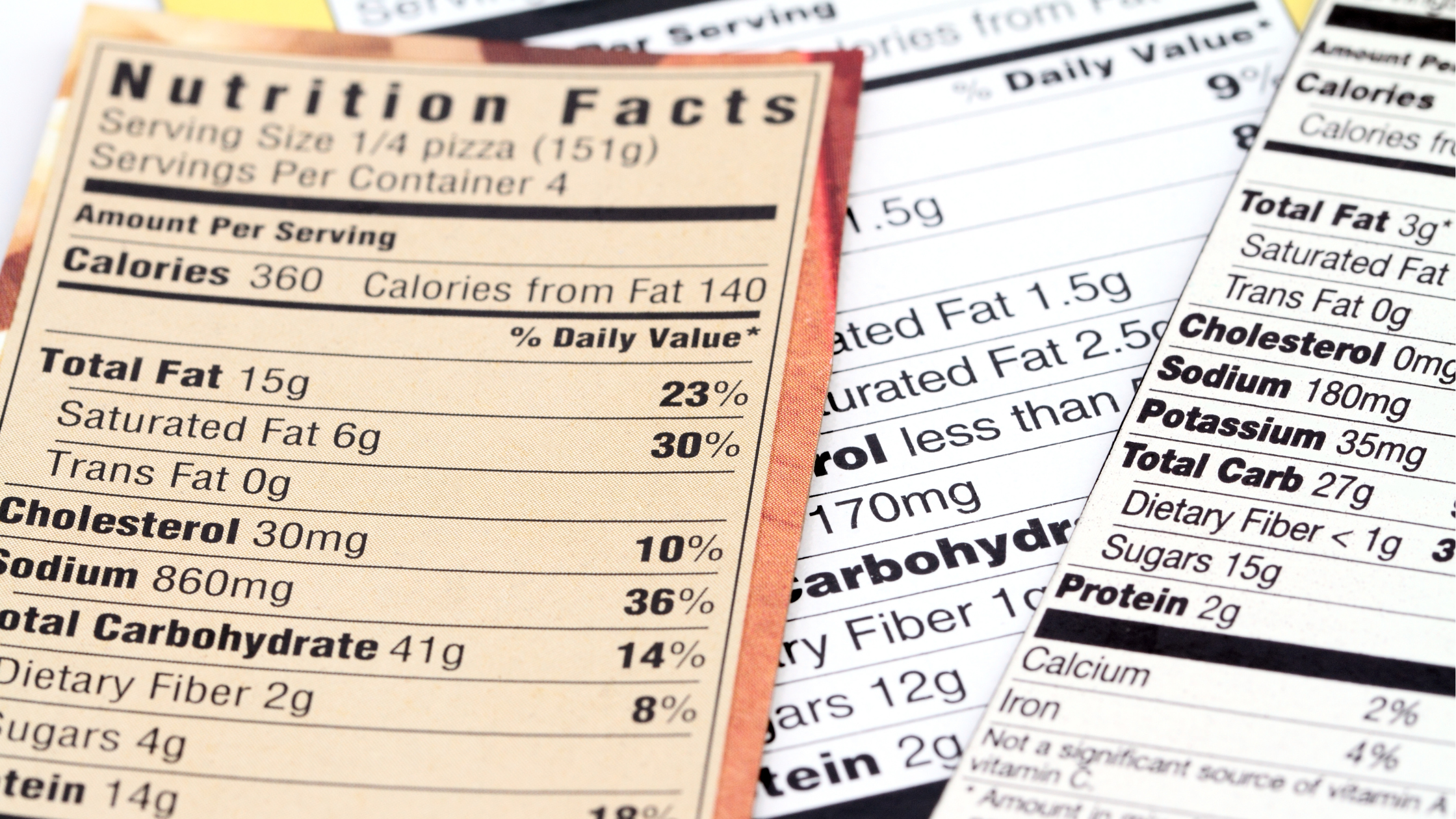How clean label drives food brand growth
The modern food consumer approaches purchasing decisions with unprecedented scrutiny and information. Rather than passively accepting marketing claims, today’s shoppers actively investigate product compositions, examining ingredient lists with increasing sophistication. This shift in consumer behavior stems from growing awareness about how nutrition impacts personal health and environmental sustainability.

Market research consistently demonstrates this evolution in purchasing patterns. According to recent Mintel data, approximately 43% of global consumers check product ingredients while shopping, a percentage that continues to rise year over year. This inspection goes beyond mere curiosity, it represents a fundamental shift in how consumers evaluate product value.
Particularly notable are consumer attitudes toward specific ingredients. Among French consumers, 51% report deliberately limiting sugar intake, while an identical percentage actively avoid products containing artificial additives such as synthetic sweeteners and flavors. These statistics reflect broader global patterns rather than isolated regional preferences.
This trend creates both challenges and opportunities for food manufacturers. While reformulation requires investment, companies that successfully align with clean label expectations often discover substantial market advantages. Research conducted by ingredient supplier Ingredion found that converting products to clean label formulations led to average self-reported gains of 15% in overall revenue, 11% in margins, and 18% in product pricing. These financial outcomes explain the accelerating industry movement toward simpler, more recognizable ingredient declarations.
The financial case for clean label
The business argument for clean label extends well beyond consumer preference alone. While meeting market demand represents an obvious motivation, the financial benefits often prove more substantial than many manufacturers initially anticipate.
Premium pricing potential
Clean label products consistently command price premiums across diverse categories. The aforementioned Ingredion study identifying an average 18% increase in product pricing following clean label conversion illustrates this effect quantitatively. These premiums stem from perceived value rather than production cost, consumers willingly pay more for products they believe deliver superior health outcomes or environmental benefits.
Market expansion opportunities
Beyond price increases, clean label formulations often enable access to previously unavailable distribution channels and consumer segments. Products meeting clean label benchmarks frequently qualify for specialty retailers, health-focused food service programs, and institutional purchasing programs with strict ingredient guidelines. This expanded market access can drive volume growth independent of pricing advantages.
Reduced regulatory risk
While difficult to quantify directly, clean label formulations typically reduce regulatory compliance costs and future reformulation risks. As regulatory scrutiny of synthetic additives and processing aids intensifies globally, products already aligned with minimal ingredient philosophies face fewer adaptation challenges. This regulatory resilience translates to reduced reformulation expenses and more stable long-term margins.
Extended brand value
Perhaps most significantly, clean label products often enhance overall brand perception beyond their immediate category. Research demonstrates that positive experiences with clean label products frequently transfer to consumer perceptions of other offerings under the same brand umbrella. This halo effect creates value that transcends individual product margins.
These financial advantages explain why clean label has evolved from niche positioning to mainstream strategy across nearly all food categories. The question for most manufacturers is no longer whether to pursue clean label, but rather how to implement it most effectively while maintaining operational efficiency.
How REV™ aligns with clean label economics
- Nutrient retention: REV™ preserves 90%+ of heat-sensitive vitamins like C and beta-carotene, outperforming air drying.
- No additives needed: The process’s low temps (under 40°C) prevent oxidation, eliminating the need for ascorbic acid or sulfites.
- Cost efficiency: At 0.7 kWh/kg, REV™ uses 40% less energy than freeze drying, directly improving margins.
The combination of higher pricing and lower costs generated margin expansion that significantly exceeded industry averages for clean label conversion. Perhaps most importantly, the improved formulation created substantial competitive advantage in the increasingly crowded better-for-you snack category. This case demonstrates how advanced food processing technology can serve as a critical enabler of profitable clean label implementation. By preserving ingredient integrity naturally, such technologies eliminate the technical need for artificial additives while simultaneously improving production economics.

Clean label as strategic investment
The data points decisively toward clean label as a pathway to enhanced profit margins when implemented thoughtfully. However, achieving these financial outcomes requires approaching clean label as a strategic business initiative rather than merely a formulation challenge. The most successful implementations integrate ingredient selection, processing technology, consumer education, and pricing strategy into cohesive approaches that deliver multiple forms of value.
As consumer scrutiny of food products continues intensifying, the competitive advantage of clean label will likely grow rather than diminish. Manufacturers who build technological capabilities supporting cleaner formulations position themselves favorably not just for current market conditions but for the continued evolution of consumer expectations.
Explore enwave.net or contact us to discuss how our REV™ technology might support your specific product applications. Our food scientists can help evaluate how advanced microwave drying equipment could enhance your clean label initiatives through superior ingredient quality preservation and processing efficiency.
Further Reading
- Ingredion. Clean label business growth trends. (2022). https://www.ingredion.com/apac/en-sg/be-whats-next/ growth-with-clean-label.html
- Mondelēz International. (2023). 25 powerful trends shaping the future of food and snacking within the next decade. https://www.mondelezinternational.com/assets/stateofsnacking/2023/2023_MDLZ_stateofsnacking_future_trends_report.pdf


